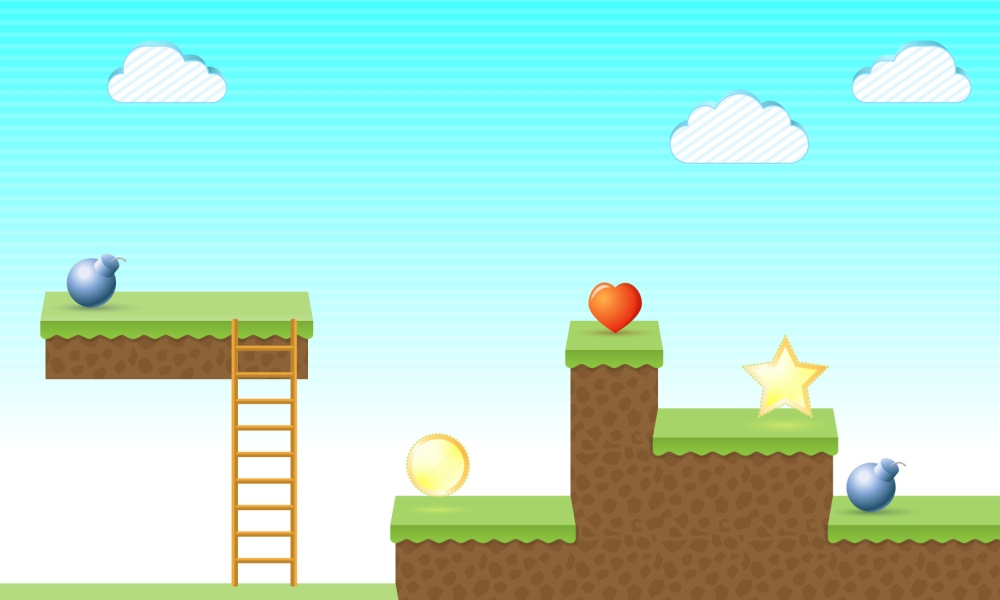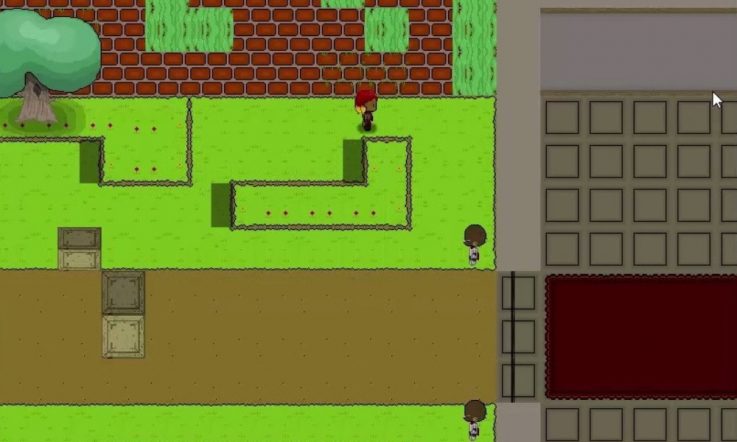Each year the Australian STEM Video Game Challenge gives students the opportunity to get hands-on with their learning by designing and creating their own game.
Schools across the country get involved in different ways, with many running it as an extra-curricular project or through a lunchtime club. At Victoria's Geelong Christian College, this year teachers integrated the challenge into a cross-curricular unit for their entire Year 7 cohort of 200 students across two campuses.
Ingrid Staggard explains the unit, based on the theme of water, spanned several subjects – English, mathematics, science, geography, ICT, music and art – and involved more than two dozen staff.
‘We wanted to combine STEM learning, we wanted to offer a curriculum where subjects all fed into a central project and to get our staff to collaborate together. [We wanted to help kids understand] that real-life learning isn't in separate subject areas, that it actually does incorporate knowledge and skills across many disciplines,' she tells Teacher.
Staggard, Head of Pedagogy – Middle School in the LITEhouse (Library and Information Technology Education) faculty at the college, says the Australian STEM Video Game Challenge was one element of the unit and a great opportunity for students to demonstrate their deeper learning in several subject areas.
The challenge is coordinated by the Australian Council for Educational Research (ACER) and is open to all students in Years 5 to 12. Entries can be from individuals or teams. The Geelong students worked in teams of four to design and create their game during Term 3 using the platform Stencyl.
‘There were a lot of resources in there and Liam Hensel [challenge Project Director] was a great support to bounce off,' Staggard says.
‘Some teams got two levels completed in their game design and some did three. They had to pick a water issue and it had to be based on the Barwon River, which is a local river here in Geelong that travels quite a distance. It could be set anywhere on the river; so it could be up in the Otways in the mountains, down here in Geelong or the water mouth down at Barwon Heads, Ocean Grove.'
The students started by researching a water-related issue, then proposing a solution. Their game character had to have a connection to the issue and found different ways of problem solving through the levels. ‘So, they might have different icons or items on the screen that they would have to go and search for, or click onto, jump on, put in a basket … and that would open up a question related to one of their subject areas and the particular issue. A successful answer to the question would proceed them onto the next target and then eventually through the levels. That's how we suggested that they approach it and that's how many of them did.'
Chris Lean, a trained Teacher Librarian and Head of LITEhouse – Resource Management at the college, developed the cross-curricular unit with Staggard. She was one of the coding teachers for the challenge, along with Chrissie Barr and Tom Hartley. ‘One of the four students in each team were making the game and the rest were working on the narrative, the illustrations and music and feeding them through the game-maker,' Lean explains.
‘Our students had no experience of game-making, other than what we'd run from about the middle of Term 1, where all of Year 7s have one IT class a week of 40 minutes. … We used ACER's online projects, where they could download them and play around. So, it was very much a play learning way of doing it.' Lean adds the challenge also provoked lots of staff discussion.
The unit included assessment of subject-specific skills and knowledge, but the video game itself wasn't graded. Staggard says all the students were engaged in the game-making process, but very challenged at the same time. ‘One of the biggest challenges was working with a group of kids that they hadn't chosen, working and collaborating with kids who were very different to themselves. And, obviously getting their head around the complexity of designing a game.'
By the end of Term 3, the college submitted almost 50 entries to the challenge. The 2016 award winners were announced at the annual PAX Australian video game exhibition in Melbourne, following a panel discussion exploring the educational benefits game-making. Staggard was one of the panellists and says it was great to share how the school used the challenge in the classroom.
‘I didn't think that too many people would necessarily want to know what we'd been doing because there were some amazing people on the panel (the CEO of Big Ant Studios and an amazing young developer). But a large number of the questions were directed at me about how a school was using it. There was a great deal of interest and excitement, which was really nice.'
Getting into coding
The Australian STEM Video Game Challenge will be back next year. Head to the challenge homepage to find out how to join the mailing list to receive news about the 2017 dates and sign up for an information pack.
This week, students around the world are taking part in the Hour of Code – a celebration of computer science for all ages and abilities. Teachers are encouraged to organise their own event. You don't have to stick to the official celebration week, you don't need any previous experience with coding, and you don't even need a device – there are lots of ‘unplugged' activities for students. Event organiser Code.org has created more than 20 one-hour, self-guided tutorials (teachers are encouraged to try them out before doing them with their students so they prepare themselves for any questions). Head to the Hour of Code website for info.
How are you integrating STEM learning into the curriculum?
What opportunities are there to link game-making skills to existing curriculum content?



